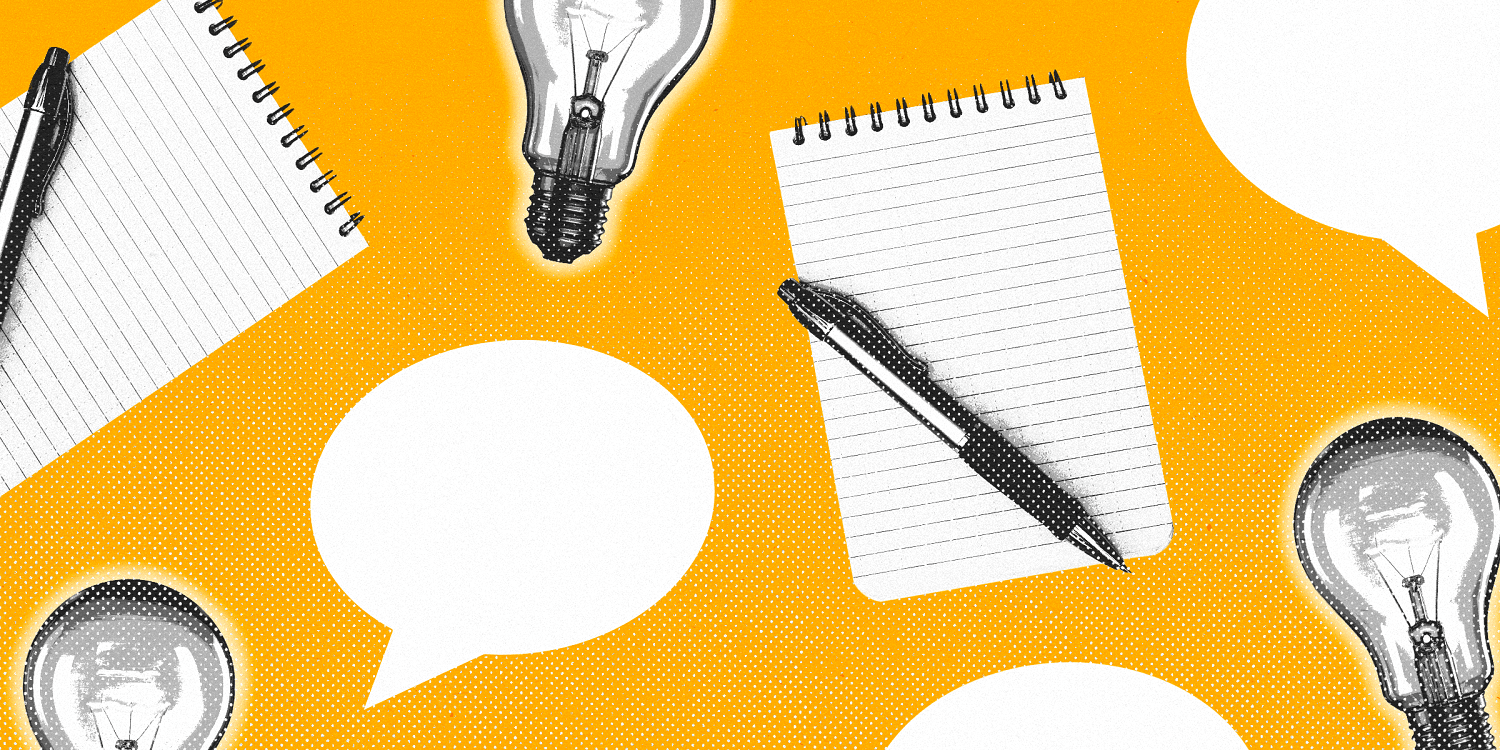Health
Combat Anxiety Quickly: Grounding Techniques Recommended by Experts

Anxiety affects millions globally, often overwhelming individuals with worries about the future or past missteps. According to the *Anxiety & Depression Association of America*, approximately 40 million Americans experience anxiety, yet only one in four receives treatment. Fortunately, experts suggest a simple yet effective technique known as grounding, which can provide immediate relief in just a few minutes.
Grounding is a mindfulness exercise designed to reconnect individuals with the present moment, helping to alleviate feelings of anxiety. As Sharon Martin, a clinical social worker and psychotherapist, explains, anxious thoughts often distract us from the reality around us. “When we are in those (anxious) states, our minds are somewhere else,” she stated in an interview with *TODAY.com*. By focusing on the present, grounding allows individuals to regain control over their thoughts.
Understanding Grounding Techniques
Grounding exercises involve focusing on physical sensations and surroundings to anchor oneself in the present. This technique can be practiced anywhere, making it accessible for those in need of a quick anxiety fix. Martin emphasizes the importance of redirecting attention back to the immediate environment, stating, “When we do grounding exercises, we bring our focus, our attention to what’s happening right here and now.”
To begin grounding, individuals should first assess their current anxiety levels. Martin recommends taking note of physical symptoms, including breath rate, before starting the exercise. Here is a straightforward method to practice grounding:
1. **Find a comfortable position**: Sit down in a chair or stand. Ensure your feet are flat on the ground.
2. **Focus on your surroundings**: Take a deep breath, keeping your eyes open. Notice details around you, such as the texture of your clothing, the temperature of the air, or the colors of objects nearby.
3. **Breathe deeply**: As you absorb your surroundings, continue to breathe deeply, allowing your mind to gradually tune out anxious thoughts.
4. **Recall a peaceful moment**: If anxiety persists, think of a time when you felt calm and happy. Visualize the details—where you were, what you saw, and who was with you.
Incorporating gentle movements, such as walking or stretching, can further enhance the grounding experience.
The Importance of Grounding
Research supports the effectiveness of grounding techniques in managing anxiety. A small study conducted in 2013 found that grounding methods were more effective at reducing anxiety than traditional relaxation techniques. Over time, these practices can have a lasting impact.
Dr. Ayanna Abrams, Psy.D., founder of **Ascension Behavioral Health**, highlights the significance of grounding as an intervention tool. “Its purpose is to remind you that your agency is in the present,” she noted, reinforcing the concept that individuals can exert control over their immediate experiences.
Incorporating grounding into daily routines can provide a valuable strategy for those dealing with anxiety. Short meditations, such as a **Stress Relief Meditation** or **Connecting to Breath Meditation**, can be useful additions to everyday activities like running errands or enjoying a morning coffee.
As part of *TODAY’s Expert Tip of the Day*, these techniques offer simple and effective strategies to enhance mental wellness. By embracing grounding methods, individuals can take proactive steps to manage anxiety and reconnect with the present moment.
-

 Science2 weeks ago
Science2 weeks agoResearchers Challenge 200-Year-Old Physics Principle with Atomic Engines
-

 Politics2 weeks ago
Politics2 weeks agoNHP Foundation Secures Land for 158 Affordable Apartments in Denver
-

 World4 days ago
World4 days agoBoeing’s Aircraft Production: Assessing Numbers and Challenges
-

 Lifestyle2 weeks ago
Lifestyle2 weeks agoLongtime Friends Face Heartbreak After Loss and Isolation
-

 Entertainment4 days ago
Entertainment4 days agoSyracuse Stage Delivers Lively Adaptation of ‘The 39 Steps’
-

 Science4 days ago
Science4 days agoAI Misidentifies Doritos Bag as Gun, Triggers Police Response
-

 Lifestyle4 days ago
Lifestyle4 days agoRed Bluff High School’s Elli Nolan Named Rotary Student of the Month
-

 Health2 weeks ago
Health2 weeks agoNeuroscientist Advocates for Flag Football Until Age 14
-

 Lifestyle3 days ago
Lifestyle3 days agoTrump’s Push to Censor National Parks Faces Growing Backlash
-

 Business2 weeks ago
Business2 weeks agoSpirit Airlines Cuts Workforce with Furloughs for 365 Pilots
-

 World2 weeks ago
World2 weeks agoGlobal Military Spending: Air Forces Ranked by Budget and Capability
-

 Top Stories5 days ago
Top Stories5 days agoUrgent Search for Suspect Who Exposed Himself to Teen Girl









